The past, present and the future of Design Thinking
The Past, Present and the Future of Design Thinking
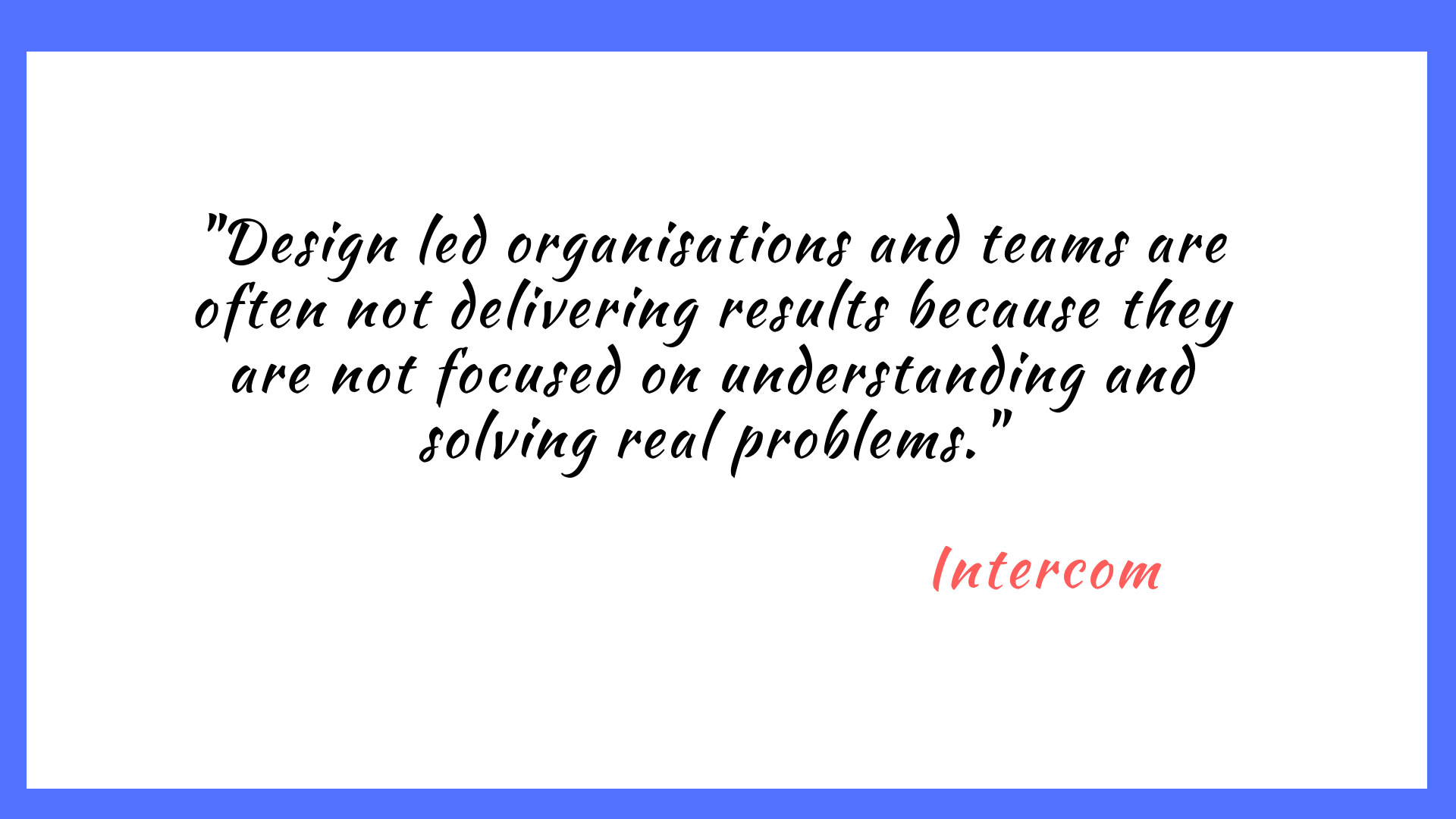
Today, we shift our focus to Design Thinking. In our last blog, we talk about Design Solution. We claim and design solution is with us since time immortal.
But today’s product-driven organisations needs an “Aha” moment to realise that and make it working for them.
The hunch is known as Design Thinking.
Today, we will dive deep into businesses and products that have embraced the adventure called design thinking.
Prelude:
There is so much content on internet on Design Thinking and we don’t have anything new to add.
For the starters and newbies, we will share the most famous framework of the Design Thinking which looks like-
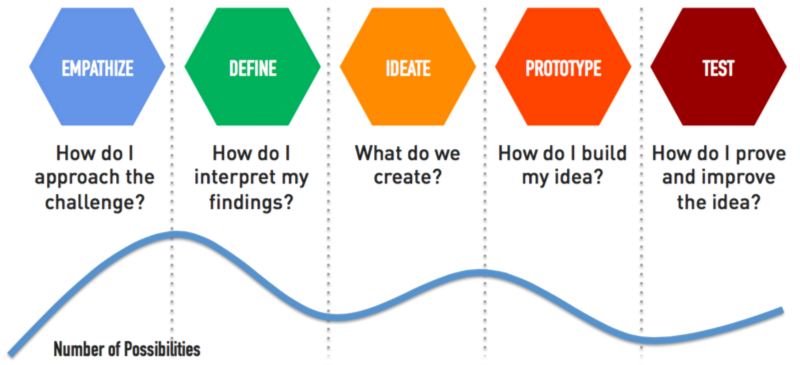
Let’s see who are making most out of this concept and building great products.
Google Search Engine : A Case Study of Design Thinking and Continuous Iterations
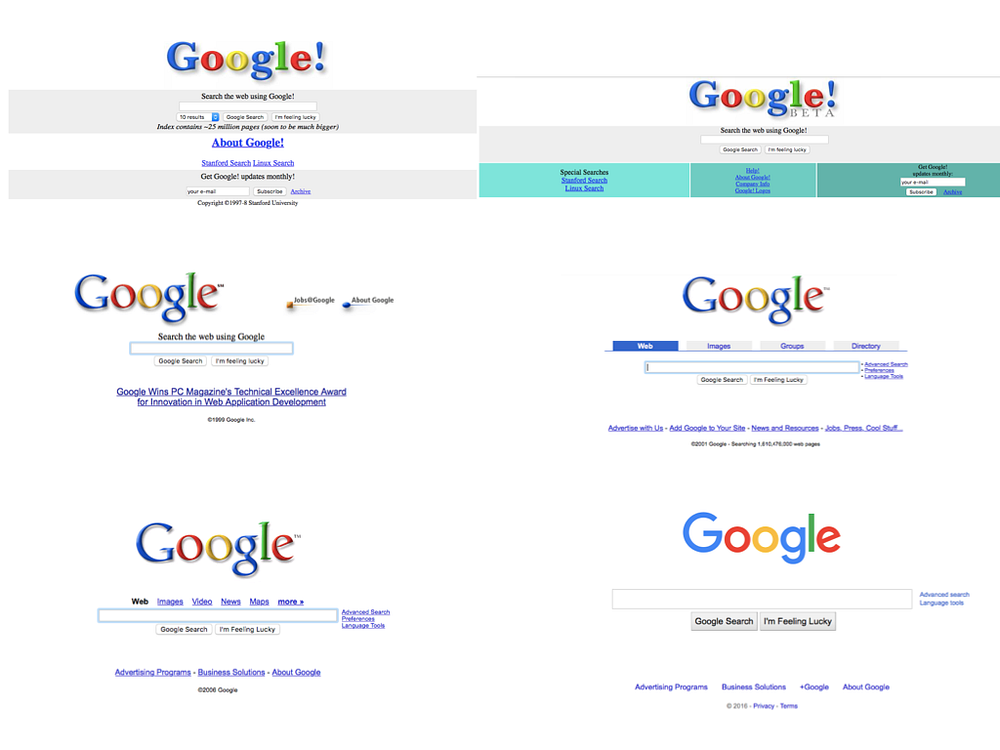
Evolution of Google Search Engine Interface
Google is continuously iterating their search engines and other products to empathize with the users.
Unlike Yahoo of course-
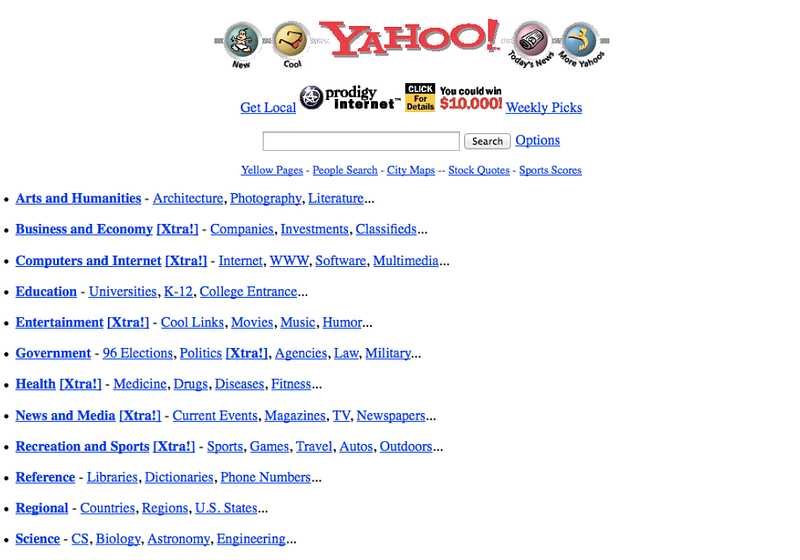
They were the first one to crack the code- Users are going to Search Engine to search and not click the ads.
Google decided and designed to showcase the only the important elements.
Today’s Google Chrome shows how much Google is prioritising Design Thinking.
Their recent Chrome Revamp is known as “Unboxing Chrome” where Chrome has got rid of their typical boxes.

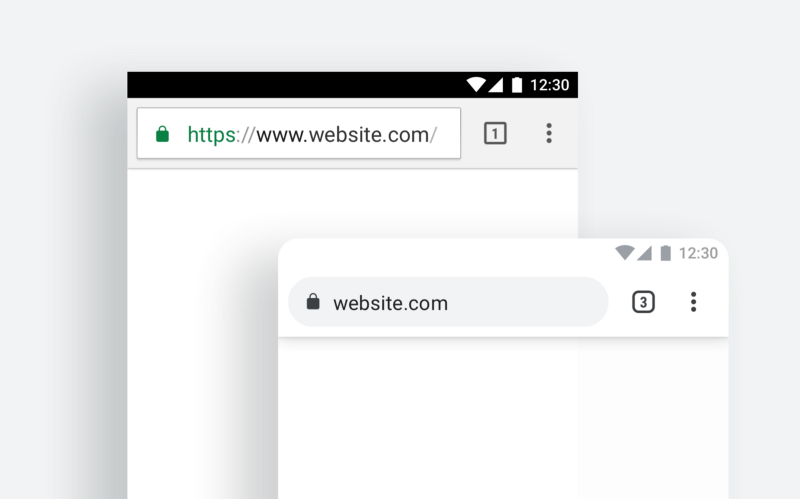
If you want to know how and why of their design thinking process, dive in https://medium.com/@san_toki/unboxing-chrome-f6af7b8161a2
Google is not the only smart company to give importance to design.
Apple is known for their design-driven product
iphone has set the benchmark. But it’s not the only products that reiterates the perks of Design Thinking.
The evolution of Apple earbuds is a good example.

Today, most of the products and businesses are keeping the design thinking at the heart of their product strategy, not just to build a better product but even fighting against their worst nightmares.
Meet Facebook.
Facebook in recent times has faced massive challenges and criticisms for spreading of false news and misinformation.
It was a mammoth task and they had taken few decisions, needless to say focusing on Design Thinking.
Their measures were-
We made it easier for people to report stories they think are false news
We partnered with independent fact-checking organizations that review articles that might be false
We reduced the distribution of articles disputed by fact-checkers
We launched a collection of features to alert people when fact-checkers have disputed an article, and to let people know if they have shared, or are about to share, false news.
The features and the new stands taken by the Facebook team were guided by the design team, from coming up with a feature called “Red Flag’ to “Informing people about controversial post just before sharing ”.
Few glimpses of what they designed-
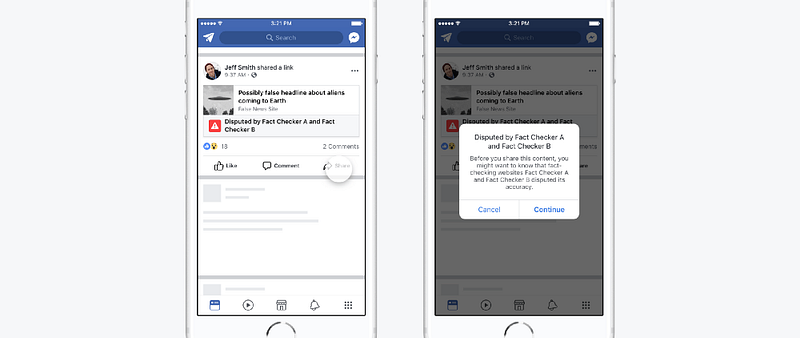
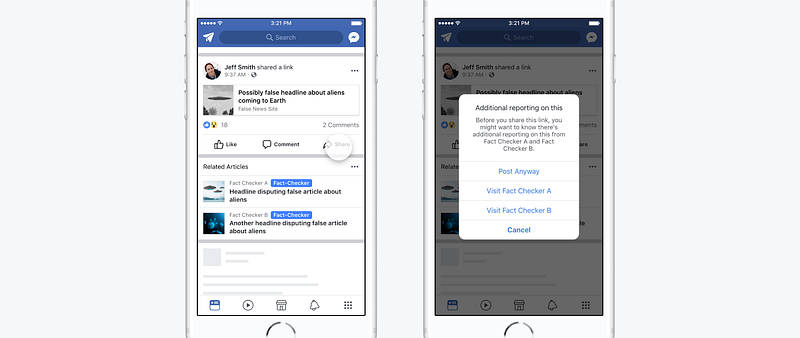
Today, design thinking drives Facebook.
In one interview, Facebook Product Engineer Debasish Paul has highlighted how designers are highly regarded at Facebook.
Here is an excerpt of the interview-
Tanner: How so?
Deb: At Facebook, it’s different, design is at the front of decision making, designers contribute to the strategy. We’re very much a core part of the whole team.
More here
Facebook stands for social communication and they believe design thinking is the way to build a platform to connect more people.
If Facebook is working to secure social communication, Intercom is revolutionizing Business Communication driven by Design Thinking.
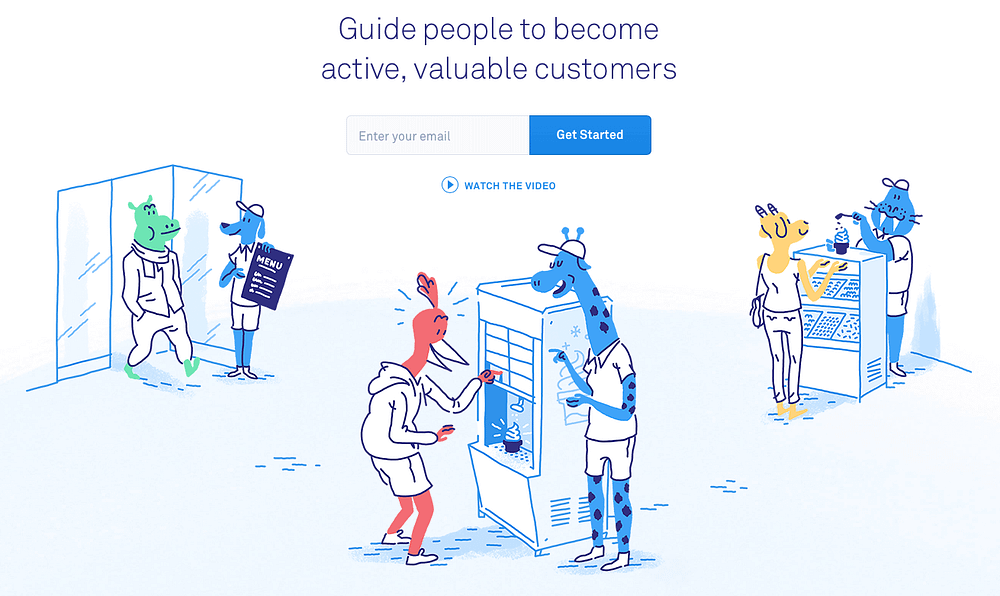
Intercom knows the value of the customers and the innovation they have brought and the support they are providing with the “In-App Messaging systems” and assistants.
More and more, they are also diving deep to understand and educate what is true “Design Thinking”.
To clear the muddle Intercom has come up with Design Principles.
Design Principles for In-App Messaging. Read here
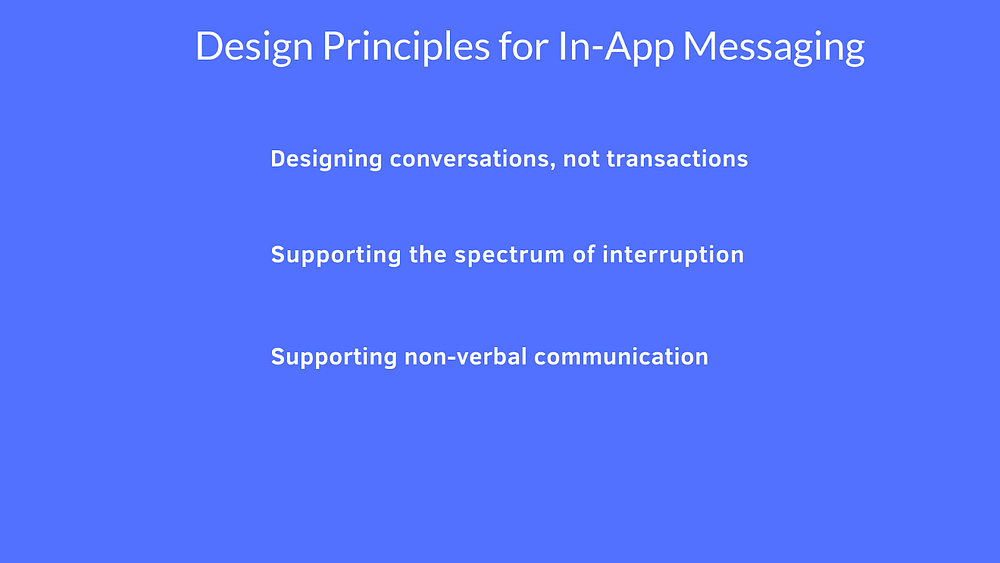
Design Principles for Bot Design. Read here
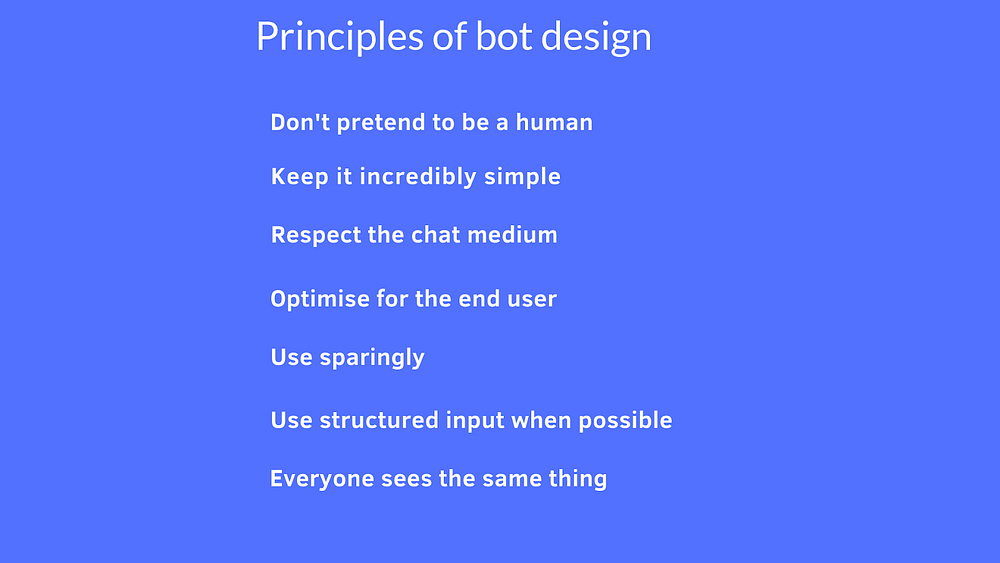
Not only new-age startups but the business moguls like IBM has also started to embrace Design Thinking to help businesses adapt to design thinking and drive business at scale.
This is the promise of IBM’s Design Thinking -
“A new way to solve today’s problems at scale.
We didn’t invent design thinking, but we did adapt it for the unique needs of the modern enterprise. See what it can do for you and your teams.”
They have devised a Design Framework to drive design thinking and they call it “Design Thinking re-envisioned for the modern enterprise.”
Here is what the re-envisioned Design Thinking looks like-
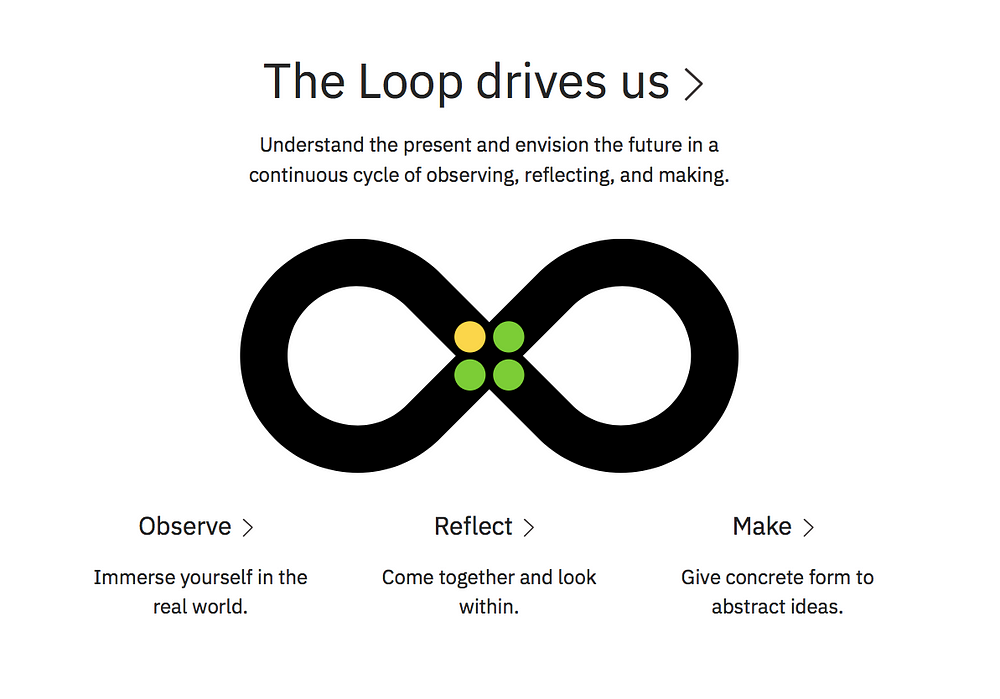
IBM design thinking is ambitious and taking a giant leap to help businesses to solve users’ problems at the speed and scale of the modern digital enterprise.
The speed and scale are two important key factors of IBM’s Design Thinking along with the basic elements of empathy to users’ problems and resolving them with design solution.
It matches with Google’s Design Sprints.
A design sprint is a five-phase framework that helps answer critical business questions through rapid prototyping and user testing.
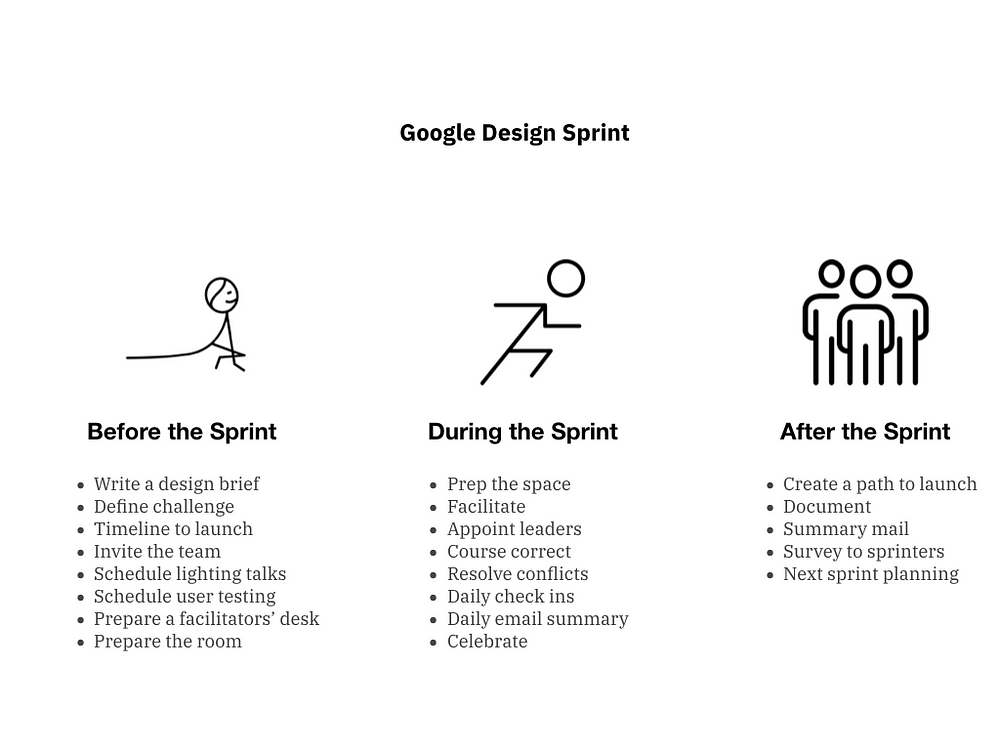
The process helps spark innovation, encourage user-centered thinking, align every design team members under a shared vision, and get you to product launch faster.
Today, Design Thinking is a de-facto challenge to resolve in every product-driven startups.
Those who are successfully applying it are-
Slack
Their Design Guidelines are simple, intuitive and effective, just like their product-

Understand your audience
Outline your use cases
Message guidelines
Storyboard how each interaction looks
Sweat the small stuff
Voice and tone: communicating for clarity
Create a good onboarding experience
Being a good citizen inside Slack
Easy dos and don’ts
Asana

Asana too felt the need of Design Thinking to make their product better. They took one step ahead and developed a design system to make their product better.
They call it Designing the future of work.
What’s there in Design System?
We dive deep into their blogs to understand their process better and their approach consists -
Start by doing things that don’t scale
Don’t weaponize your guidelines
Let’s just redesign it all
Get cross functional support for your design system
Move beyond a style guide
Have someone oversee the system, but ensure everyone contributes
And the most important among the lot is -
“A design system is a tool for empowerment, not a weapon to control design.”
So, we are finding how designers are coming up with a design system to shape up their design thinking.
Look at Dropbox.
One of the startups who are writing, sharing relentlessly on how do they design and why they are designing.
If we look at their product closely (we use Dropbox, so we can vouch for it), we can see how their design thinking is shaping up their products well.
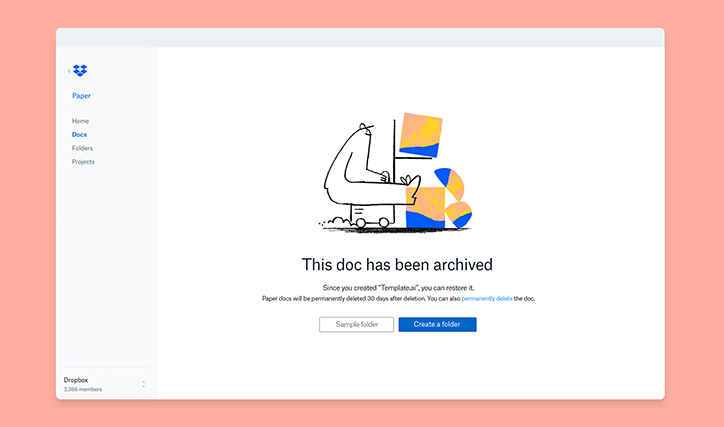
Besides the regular Design Thinking cycle, they are carefully crafting a strong Design Brand for their designers and here is a glimpse of it-
The Dropbox Design brand
As we started thinking about our team’s story, we began exploring the brand of Dropbox Design. Not the brand of Dropbox, rather the brand of Design at Dropbox.
It’s quite astonishing and rejoicing to see how design thinking is a norm today in the world of business.
We can go on, on with the products driven by the design thinking and how their designers are coming up with their own template and their version of design thinking to get things done.
And that’s not all.
The Future of Design Thinking
Today the designers know what important job they are upto and they are determined and cautious not just to make a better product but shaping up a better future.
We will leave you with the excerpt of Basecamp designer Jonas Downey’s recent blog.
If you’re a designer, ask yourself this questions.
Is your work helpful or harmful? You might have optimistically deluded yourself into believing it’s always helpful because you’re a nice person, and design is a noble-seeming endeavor, and you have good intentions.
But let’s be brutally honest for a minute.
If you’re designing sticky features that are meant to maximize the time people spend using your product instead of doing something else in their life, is that helpful?
If you’re trying to desperately inflate the number of people on your platform so you can report corporate growth to your shareholders, is that helpful?
If your business model depends on using dark patterns or deceptive marketing to con users into clicking on advertising, is that helpful?
If you’re trying to replace meaningful human culture with automated tech, is that helpful?
If your business collects and sells personal data about people, is that helpful?
If your company is striving to dominate an industry by any means necessary, is that helpful?
If you do those things…
Are you even a Designer at all?
Or are you a glorified Huckster — a puffed-up propaganda artist with a fancy job title in an open-plan office?
Whether we choose to recognize it or not, designers have both the authority and the responsibility to prevent our products from becoming needlessly invasive, addictive, dishonest, or harmful. We can continue to pretend this is someone else’s job, but it’s not. It’s our job.
We’re the first line of defense to protect people’s privacy, safety, and sanity. In many, many cases we’re failing at that right now.
Today before the frenzy around Product-Habit, Design Thinking is no more limited to make better product. It’s taking a stand too for better future.